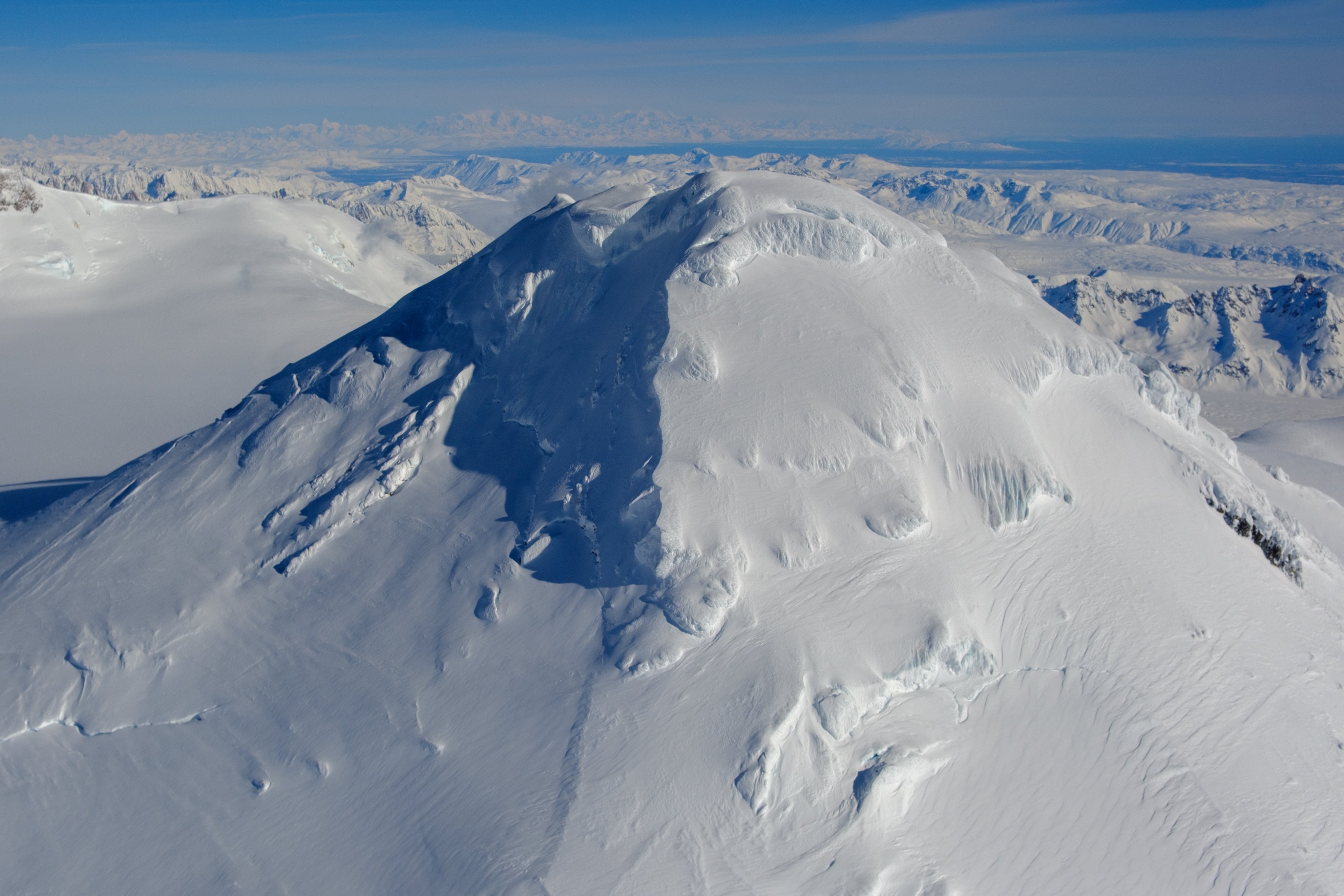The likelihood of Alaska’s Mount Spurr volcano erupting has decreased - but Alaskans aren’t out of the woods yet, according to geologists.
The volcano, which is located less than 100 miles away from the major city of Anchorage, remains at an elevated level of unrest and an eruption — or even multiple eruptions — are still possible.
One of the reasons researchers at the The Alaska Volcano Observatory believe the chances of an eruption has decreased is because their satellites have not detected sulfur dioxide from the volcano since April 3. Sulfur dioxide is one of the most common gases released in volcanic eruptions. It has the ability to harm human health, cause acid rain, and influence the climate.
But, the observatory said it has also been unable to measure volcanic gases using airplanes or helicopters since the end of last month due to poor weather.
The same goes for satellites.
“Satellites have not detected sulfur dioxide from Mount Spurr since April 3, most likely due to cloudy weather,” the researchers noted.
Earthquake activity, a hallmark of a potential eruption, remains elevated overall.
“Based on the recent changes in monitoring data and the inability to measure gas for the last month at Spurr, the outcome of the current unrest is less certain,” the observatory said.
The 286,000 people who live in Anchorage and those in surrounding areas have been preparing for an eruption for weeks.
Ash is the major concern. When Spurr last erupted in 1992, the city was blanketed in approximately an eighth of an inch of ash that shut down the Ted Stevens Anchorage International Airport. Volcanic ash can trigger asthma attacks, aggravate chronic respiratory conditions, and lead to death by asphyxiation. Long-term exposure can cause lung disease, according to David Kitchen, an associate professor of geology at Virginia’s University of Richmond.
Alaska Regional Hospital is preparing for those and other potential health impacts. It’s working on transforming its spare clinic space to hold dozens of cots and supplies, according to KTUU.
“I’d rather be over-prepared than underprepared,” Sean Murphy, the Emergency Management Specialist at Alaska Regional Hospital, said. “At the end of the day, our goal is to keep working. To keep the hospital open, keep the people in the hospital safe, and keep our machines safe, and continuing to work so we can provide patient care.”

The potential risk of eruption has caused locals to stock up on masks, farm supplies, and more.
Pet owners are buying protective equipment for their dogs, Mark Robokoff, the owner of AK Bark, told Alaska Public Media. AK Bark wasn’t selling dog masks before the volcano’s status switched to advisory.
“We have now pre-sold over 1,000 of those dog masks,” he said. “I immediately got online and found some masks that were available.”
Anchorage Animal Care and Control said it was postponing adoptions.
Right now, all residents can do is continue to prepare and wait.
The observatory says more favorable weather conditions and the collection of new gas data will help to improve its outlook.
“We don’t have the full suite of data sets that, in an ideal case, we would be drawing upon to make our interpretation,” Alaska Volcano Observatory scientist-in-charge Matt Haney told the Anchorage Daily News.
“At Spurr, we expect to see increases in seismic activity, gas emissions, and surface heating prior to an eruption, if one were to occur. Such stronger unrest may provide days to weeks of additional warning,” the observatory explained.







